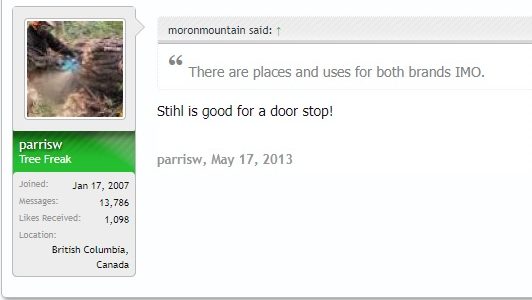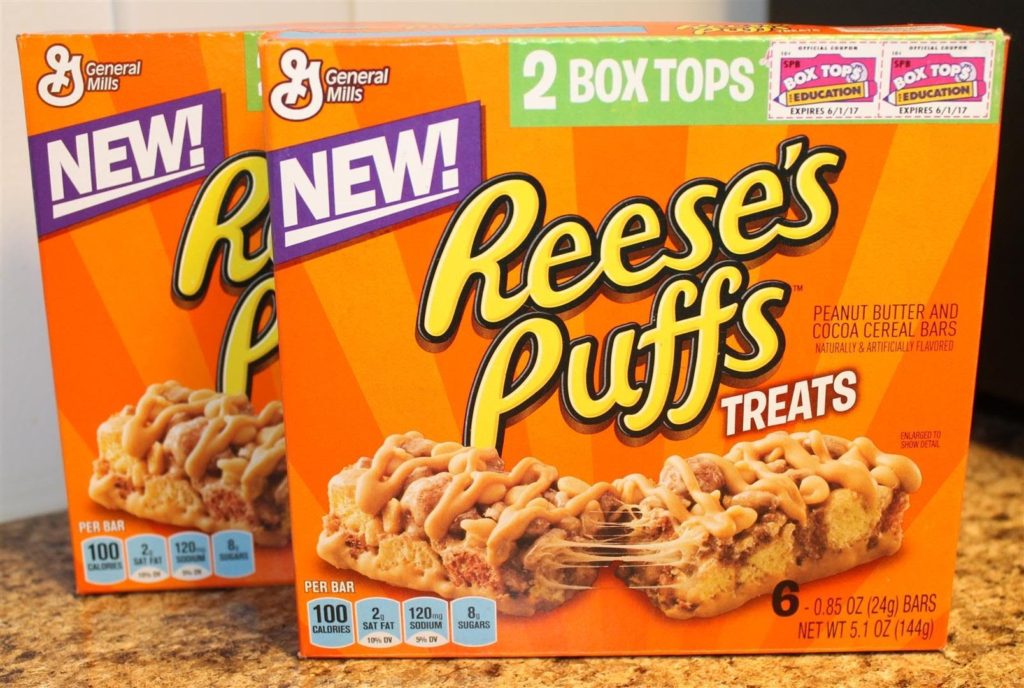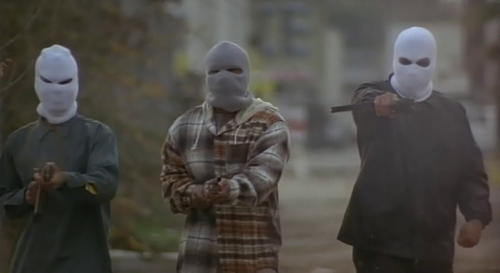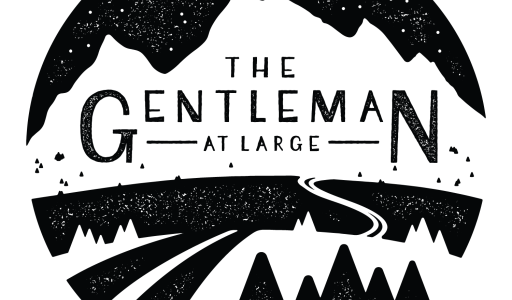This is not a story about chainsaws, but stick with me, because for a while here that’s exactly how it’s going to sound. It’s a good thing this isn’t about chainsaws, because if you’re anything like I was a year or two ago you don’t really know anything about those things beyond that they’re loud, and then that one scene from Scarface. Conversations about displacement, torque, chainspeed, and “yeah but what about the outboard clutch?” make your eyes glaze over, as they should if you have no use for a chainsaw. That’s pretty much where I stood for almost my entire life.
But then a couple of years ago my station in life changed a bit and I suddenly had a use for a gas-powered saw (a move I highly recommend, if you can swing it). I didn’t know anything, so I hopped on the online forums, was immediately overwhelmed, and finally just went over to Lowe’s. I think I texted a buddy “wut about this 1” or something but before he responded just pulled a Husqvarna 440e off the shelf and walked out with it. I didn’t know at the time, but it was the first step toward a maddening descent into chainsaw nerdiness.
Almost as soon as I learned to start it I wanted more power, and it turns out there’s a lot you can do to a small two-stroke to get that. I learned some vocabulary, pored over the arborist forums, and took any opportunity to bring up the power-to-weight ratio of that new 550XP at cookouts. More than anything, though, I picked up on the old-as-time rivalry between Husqvarna and Stihl. They’re essentially the two players in the game, and partisan loyalists really can’t ever seem to get enough of talking trash about the other guy:
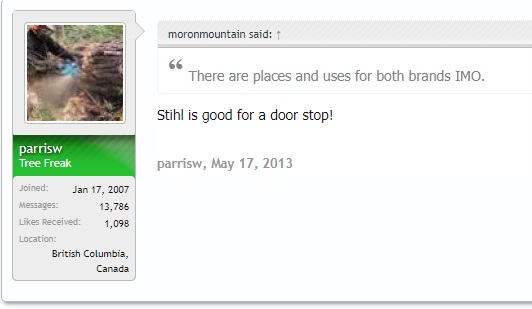
Now remember I’d happened to stumble into a Husky dealer, so that’s what I came away with. (Ace carries Stihl, this all could have gone a different way). And so pretty much the first thing I learned about chainsaws, from the forums, from joking on the jobsite, from gazing at the obviously-more-attractive-tenor-of-orange on the Husky’s plastic, is that Stihl saws are pieces of garbage.
Now, this is objectively untrue. But shit, I wound up with a Husky. And what happened two years later was really interesting.
The time came for the company to update the ol’ chainsaw collection, and once again we waded into the fray of “which chainsaw is the best chainsaw,” which, hell, good luck answering that question. From square one I leaned toward Husqvarna, although I could never really articulate why. I read online that Stihls sometimes struggle in the cold, and saw that happen once (nevermind that Huskies, including my own, sometimes have problem with hot starts). It was confirmation bias in action.
After many hours (days?) of research and introspection, we concluded finally that it doesn’t make a lick of difference. A thousand dollar chainsaw is going to be really, really nice. It doesn’t matter who makes it. And even with that said, I couldn’t bring myself to buy a Stihl, even if it was a few dollars cheaper for the same damn thing.
In only two years I went from knowing nothing about chainsaws to becoming a two-stroke bigot, only by making a random decision and telling a lot of harmless jokes. I literally joked my way into a real prejudice against Stihl saws. That’s insane.
In spite of an increasingly tolerant, globalized community, we’re still predisposed to tribalism. The heart of our national political conversation has absolutely nothing to do with policy or morals – it’s about beating the other guy, whoever that is. We’re eager to cite hypocrisy on the other side, but never seem to see it in our own camp. The only principle that we truly hold dear is that we’re right, and they’re wrong.
This doesn’t mean that you should do any damn foolish thing like buying a Stihl, but we need to be aware of the impact that jokes and confirmation bias play on our worldview. We’re imperfect, suggestible beings, and we’re drawn to things that make us feel right. I’m looking forward to being wrong.
Like
